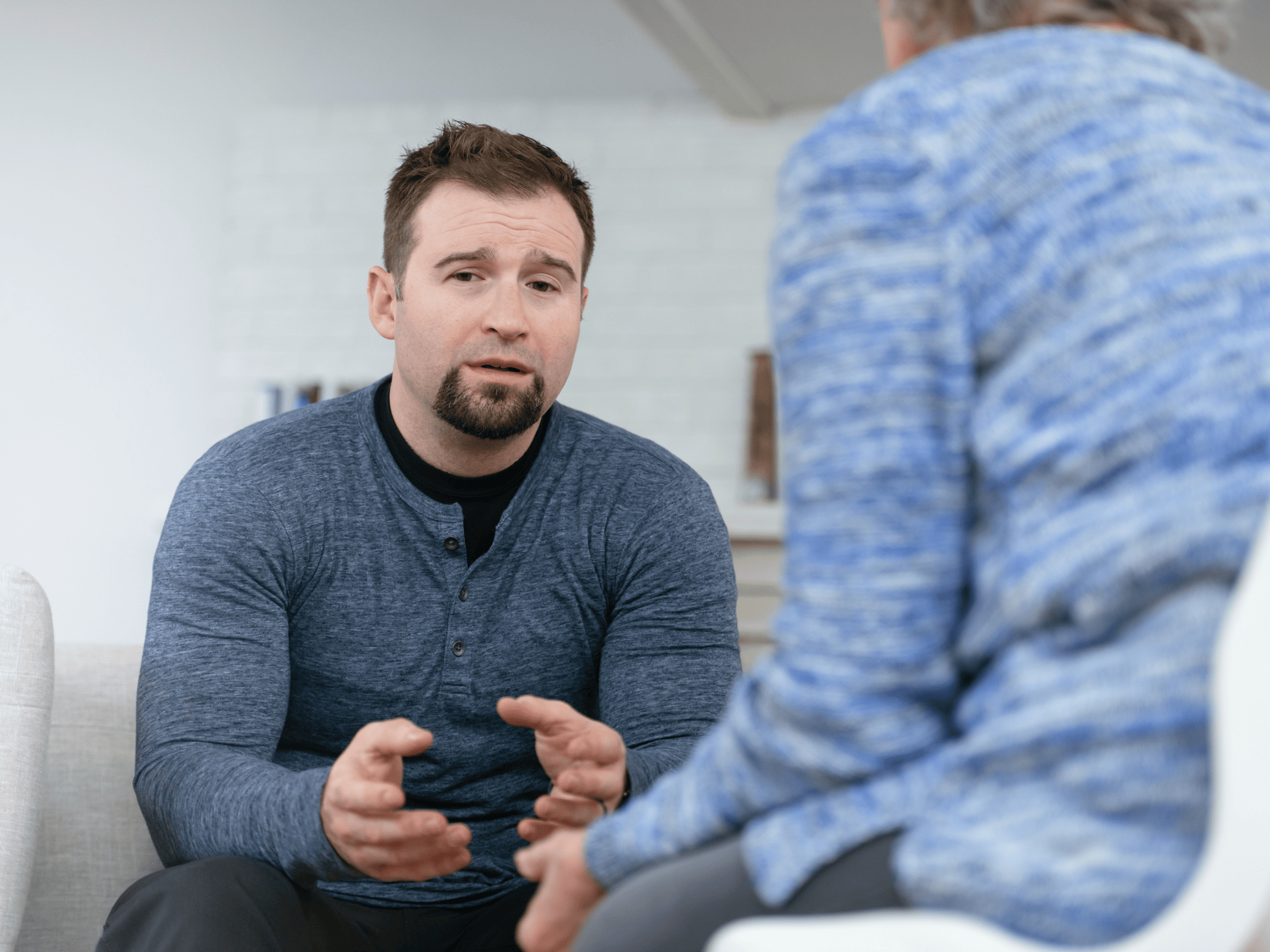Culturally responsive therapy (CRT) is more than “just being nice” or “trying to understand.” It’s a therapeutic approach that really centers a person’s culture — their race, ethnicity, gender, sexuality, religion, language, socioeconomic status, migration history, family values, worldview — as a core part of who they are, how they experience distress, and what healing looks like.
In CRT, the therapy space becomes one where your cultural stories matter, your identity is not a footnote but part of the map of your life, and the therapist works actively to understand how systems, power, history, bias, and cultural values shape your emotional world. CRT doesn’t assume all emotional pain is individual; it often sees that part of what we live through is shaped by culture, oppression, difference, belonging, and sometimes invisibility.
What Makes Therapy “Culturally Responsive”: Key Elements
When a therapy is truly culturally responsive, certain features tend to show up. These are things that shift the therapy from generic to meaningfully aligned with you and your background.
- Cultural humility, awareness & self-reflection
The therapist is aware that they don’t know everything, that their own culture, assumptions, privileges, and worldview affect how they see your story. They stay curious, check assumptions, listen for how cultural beliefs shape what you believe, feel, and do. - Knowledge of and respect for the client’s culture
This includes understanding cultural communication styles (direct vs indirect, emotional expressiveness), beliefs about mental health, stigma, family systems or community roles, healing practices, spiritual beliefs, and any cultural frameworks for coping. - Adapting interventions, not just transplanting them
Therapies often start in Western contexts; being responsive means adapting language, metaphors, pacing, examples, even what “success” means so that the therapy resonates with the client’s cultural values. For example, if collectivism (valuing family or community) is central, therapy might involve family or communal dynamics more explicitly. - Addressing power, oppression, systemic issues
Recognizing how discrimination, racism, colonial history, immigration, acculturation stress, marginalization, or socioeconomic barriers contribute to distress. Rather than pretending therapy is “culture-blind,” CRT invites conversations about how social injustice shapes mental health. - Validating lived experience including cultural stressors
Part of CRT is saying: your experience of being “othered,” of cultural misunderstanding, of belonging struggles or identity conflict is real — and we make space in therapy for that. These aren’t side topics; they are often central to what’s causing distress. - Client as expert in their culture & identity
You are not just the recipient of therapy; you bring essential knowledge about your background, your culture, your values. A CRT practitioner listens deeply to know what matters to you, not only what the therapy model assumes matters. - Flexibility, collaboration, and co-creation
Therapy goals, pace, techniques are negotiated. The therapist invites input about what feels culturally safe, what feels foreign, what you want more or less of. There’s more co-creating than directing.
What Culturally Responsive Therapy Looks Like in Session
Here’s how CRT might feel when you’re in therapy led by someone doing this work well — what you might notice in conversations, practices, relational tone, etc.
You may walk in and be asked early on: “Tell me about your cultural background and what that means to you.” Not just superficial things (country, language) but values, beliefs, rituals, family expectations, how your cultural identity has shaped who you are.
You’ll talk about experiences of identity, perhaps times you felt misunderstood, marginalized, or pressured to behave in ways that conflict with your values. These might include generational conflict, cultural expectations around gender, emotional expression, success, etc.
You might see the therapist using metaphors or images from your culture. Or drawing on traditional practices (storytelling, rituals, family storytelling, spiritual or ancestral dimensions) if that’s meaningful to you. Sometimes, interventions are adapted: the way exposure is done, or how psycho-education is presented, may shift so that they’re not alien or culturally dissonant.
The therapist may explicitly explore social issues: racism, sexism, homophobia, colonialism, migration, class. For example, acknowledging systemic stressors, validating your experiences of discrimination, helping you cope with cultural burden, exploring community or familial pressures as real influences, not “just your perception.”
There may be family, community involvement if appropriate. Sometimes healing involves not just the individual but also connection with culture, language, or community that may have been lost or marginalized.
A CRT therapist likely checks in more often: “Is this resonating with you? Does this feel culturally safe or do parts of this feel foreign, dismissive, or invalidating?” And is willing to adjust accordingly.
Why Culturally Responsive Therapy Matters
Therapy that disregards culture often misses big pieces of what shapes emotional life. Without acknowledging culture:
- Clients may feel unseen, invalidated, or even retraumatized if their cultural values or identity are ignored or judged.
- Therapists may misinterpret behavior through a cultural lens they don’t share, pathologizing something that’s normative in your culture.
- There's risk of mismatched expectations, misunderstanding of family roles, emotional expression styles, or help-seeking norms.
- The therapeutic alliance — one of the strongest predictors of progress in therapy — can falter if you don’t feel safe being fully seen, including your cultural identity.
CRT helps reduce drop-out, increases trust, improves outcomes because therapy is not forcing a fit into a template but shaping itself around your lived reality.
Research Highlights & What We Know
Recent studies show that culturally adapted and responsive therapies often yield good outcomes, especially when standard models are modified for cultural relevance. For example, culturally responsive CBT has been shown to work with ethnic minority populations, though sometimes with somewhat smaller effects compared to majority populations — which suggests that adaptations and therapist cultural competence matter. PubMed+1
Evidence supports that integrating cultural factors improves engagement, trust, and perceived relevance of therapy. Clients report more “felt safety,” more honesty, more sustainability of change. Also, interventions in low-resource settings that are adapted culturally show promise, especially when they take into account local beliefs, practices, languages, and community contexts. BioMed Central+1
Things CRT Must Avoid & Challenges
Culturally responsive therapy isn’t perfect or simple. Some pitfalls:
- Assuming you know everything about a culture just because you share part of it. There’s a risk of stereotyping, making assumptions, or imposing beliefs.
- “Tokenism”: doing the bare minimum (e.g. adding a ritual or language choice) without genuinely understanding how systemic culture shapes distress.
- Lack of training or supervision for therapists in cultural issues — many clinicians haven’t had deep training in how to adapt therapies or understand cultural oppression, power dynamics, or intersectionality.
- Burnout or discomfort: therapist bias (conscious or unconscious), lack of humility, or avoidance of racial or systemic issues can silently undermine the safety of the space.
- Resources or structural issues: sometimes language, cultural materials, financial or logistical constraints limit what can be done.
Final Thoughts: What to Look for If You Want Culturally Responsive Therapy
If this description resonates, here are some things to look for (or ask prospective therapists) when you want therapy that centers your cultural identity:
- Does the therapist explicitly ask about your cultural identity, experiences, values, and how those affect what you want from therapy?
- What is their experience working with people from your cultural background(s)? Do they keep learning (reading, training, supervision) about culture, bias, oppression?
- How flexible is their approach — do they adapt their style, metaphors, goals, pace to align with what feels culturally relevant and safe to you?
- Do they validate cultural stressors (racism, discrimination, migration, generational trauma), not treat them as “extra” or secondary?
- Are they open to hearing when things feel culturally unsafe, alienating, or misaligned — and willing to shift?








































